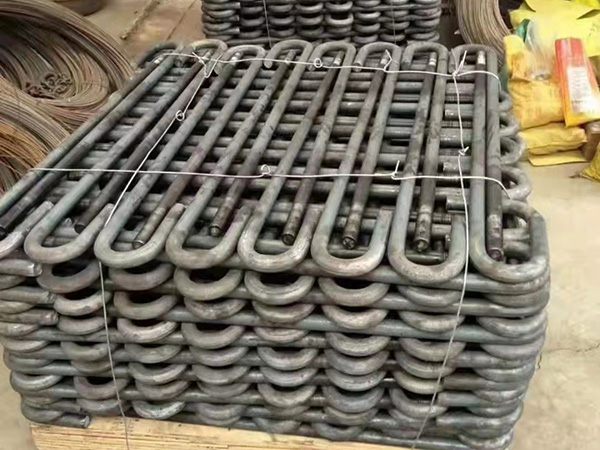-
Working Hours: (00:00 - 24:00)
24/7 Service -
Email:
1029975446@qq.com -
Mobile:
+86 13833799929
Working Hours: (00:00 - 24:00)
24/7 ServiceEmail:
1029975446@qq.comMobile:
+86 13833799929
Umbrella handle anchor bolt is a type of anchor bolt named after its shape resembling an umbrella handle. Here are some introductions about it:
Structural characteristics
Shape: There is usually a curved part similar to an umbrella handle, which is a structure with a right angle or hook shape at the lower end of the bolt. This curved part can increase the anchoring force of the bolt in the concrete.
Material: Generally made of Q235, Q345 and other steel materials. Q235 steel has good toughness and welding performance, while Q345 steel has high strength, and suitable materials can be selected according to specific engineering needs.
Working principle
The anchor bolts of the umbrella handle are embedded in the concrete foundation, utilizing the frictional force between the bolts and the concrete, as well as the anchoring effect of the umbrella handle shape, to achieve the purpose of fixing the equipment or structure on the foundation. When the equipment or structure is subjected to external forces, the anchor bolts can transmit the force to the concrete foundation, thereby protecting the stability of the equipment or structure.
Application scenarios
Commonly used in industries such as construction engineering, power engineering, and mechanical equipment installation. In construction engineering, it can be used to fix structural components such as columns and supports; In power engineering, it can be used to fix equipment such as utility poles and transformers; In the installation of mechanical equipment, it can be used to fix various large mechanical equipment, such as machine tools, compressors, fans, etc., to prevent the equipment from moving or overturning during operation.
Key points of construction and installation
Accurate positioning: Before pouring concrete, it is necessary to accurately determine the position and elevation of the umbrella handle anchor bolts. Usually, positioning templates or other positioning devices are used to protect the accuracy of the bolt position. Deviation is generally required to be controlled within a small range, such as horizontal position deviation not exceeding ± 2mm and elevation deviation not exceeding ± 5mm.
Fixed firmly: During the process of pouring concrete, it is necessary to prevent the bolts from shifting or shaking by connecting them well with the steel frame or formwork.
Concrete pouring quality: Confirm the pouring quality of concrete, avoid defects such as honeycomb and rough surface, and protect the bonding force between concrete and bolts. At the same time, before the initial setting of the concrete, the position of the bolts can be rechecked and adjusted again.
Anti corrosion treatment (based on actual reports): For the exposed anchor bolts in the external environment, anti-corrosion treatment (based on actual reports) should be carried out, such as painting with anti rust paint, galvanizing, etc., to extend the service life of the bolts.